Successfully establishing your online business within the local market is an impressive accomplishment. As you contemplate the next phase of growth, venturing into foreign markets is a logical step.
In this article, we aim to equip you with practical insights for expanding your business into the Middle East market. We prioritise clarity and brevity, ensuring you receive essential guidance without superfluous details. Join us as we navigate the intricacies of international expansion.
Middle East market overview
Let’s be honest, scaling is a challenge. But if you have a clear plan and understanding of how to do it, chances for success with a new audience are much higher. Planning to expand to new markets requires considering their relevance to your products or services. So, the first important step is to choose the most lucrative market for your product or service.
The Middle East region comprises the following territories: Iraq, Iran, Israel, Lebanon, Turkey, Egypt, Cyprus, Syria, the West Bank, the Gaza Strip, Jordan, Sudan, Libya, and the various states and territories of Arabia proper (including Saudi Arabia, Kuwait, Yemen, Oman, Bahrain, and the United Arab Emirates). The centre of the region under consideration was formerly called the Near East.
The Middle East contributes significantly to global oil production, accounting for approximately one-third of the world's output. Key players such as Saudi Arabia, Iran, Iraq, the United Arab Emirates, Kuwait, and Qatar rank prominently as leading suppliers of fossil fuels on the international stage. Despite the diversity in the Middle East market, it isn’t easy to draw broad conclusions and forecasts. Several common factors influence all economies in the region to various extents, including the COVID-19 pandemic. There still is plenty of opportunities for investment and profitable business ventures in the Middle East.
Major drivers of international investment reside in the real estate, hospitality, and construction industries. Egypt is thought to be stabilising, while Morocco has improved export and tourism revenues.
Payment landscape in the Middle East
The Middle East region is witnessing significant advancements in the development of its digital economy. As of July 2023, approximately two-thirds of the population were utilising the internet, surpassing the global average internet penetration rate of approximately 64.5%.
Card-based payments continue to dominate the evolving digital payment landscape of the Middle East, despite rapid advancements. According to a study analysing e-commerce payment methods in the Middle East and Africa, credit and charge cards constitute 31% of all transactions. However, findings from the Payments & e-commerce report by PPRO suggest a higher share, around 50%, indicating a likely middle ground. Visa holds 37% of the card market in the region, closely followed by Mastercard at 29%, with the remainder distributed among American Express and other providers.
Altogether, this region contains 145+ million internet users, and most of them prefer to pay via cash-on-delivery. However, due to the high return rate, some retailers might neglect to include this payment method in their payment options portfolio. Still, to settle efficiently in the region, online businesses should offer cash-on-delivery.
Alternative payment methods also maintain a presence in the region (PayPal, CashU, and bank transfers account for the largest market shares). In recent years, e-wallets have emerged as robust contenders in the Middle East payment services sector. Projections indicate a substantial increase in their usage for e-commerce transactions, from 17% in 2021 to an anticipated 26% by 2025, alongside a rising popularity for in-person payments. This surge mirrors a global trend towards digital wallet utilisation. According to Juniper Research, the worldwide count of unique digital wallet users is projected to surpass 4.4 billion by 2025.
The most popular e-wallets in the Middle East are:
- Apple Pay;
- Google Wallet;
- Samsung Wallet;
- e& money (By Etisalat);
- klip (By Emirates Digital Wallet);
- Payit;
- Careem Pay.
Middle East market opportunities
The Middle East market is another underrated region for developing e-commerce businesses. According to Deloitte, the e-commerce sector in the Middle East is estimated to reach a market volume of $40 billion in 2024. This market is excellent for foreign online stores because the competition there is not as strong as, for example, in China.
By the way, did you know that overseas companies account for about 50% of all e-commerce revenues in the Middle East? Local brands tend to be less developed and, therefore, cannot meet all customer needs. Therefore, sites such as Asos, Net-a-Porter, and Chinese SheIn have easily found their place in the Middle East e-commerce market.
So, here are the lists of current and future opportunities in the Middle Eastern market for businesses:
Current
- food security, aquaculture;
- education;
- major events (including FIFA 2022 World Cup in Qatar);
- environmental solutions.
Future
- processed foods and supply chains;
- innovation in life sciences and biotechnology;
- healthcare (especially research);
- renewable energy.
Economy & trade in the Middle East
While political stability in the region is an issue, the region is expected to grow significantly in the long term due to its young and ambitious workforce. The diversification of the Middle East economies will also see growing investments and influence in these regional areas. Сompanies with innovative offerings in the food and agriculture, education and training, and infrastructure sectors will be in high demand, especially those willing to consider market-entry strategies such as joint venturing and partnerships.
Exporting to the region can provide the ideal launchpad for expansion into the greater Middle East and Northern African region. The key states include the United Arab Emirates (UAE), Oman, Saudi Arabia, Bahrain, Qatar, and Kuwait.
The Gulf states are expected to become a regional hub for several industries, extending to include Eastern Africa, Turkey, Iran, Central Asia, South Asia and Europe. The diversification of these states is a long-term trend and will be the consistent thread driving new industries’ development in the region.
How to enter the Middle East market with Corefy
Do you think the Middle East market is a good value for your product or services? We are ready to assist you with the expansion. Integrating Corefy empowers you with instant access to 400+ payment service providers and acquirers to cater to your audience in the new market. Additionally, our robust reporting and analytics tools, dedicated technical support, and robust fraud prevention mechanisms empower businesses to make informed decisions and navigate the complexities of expansion successfully.



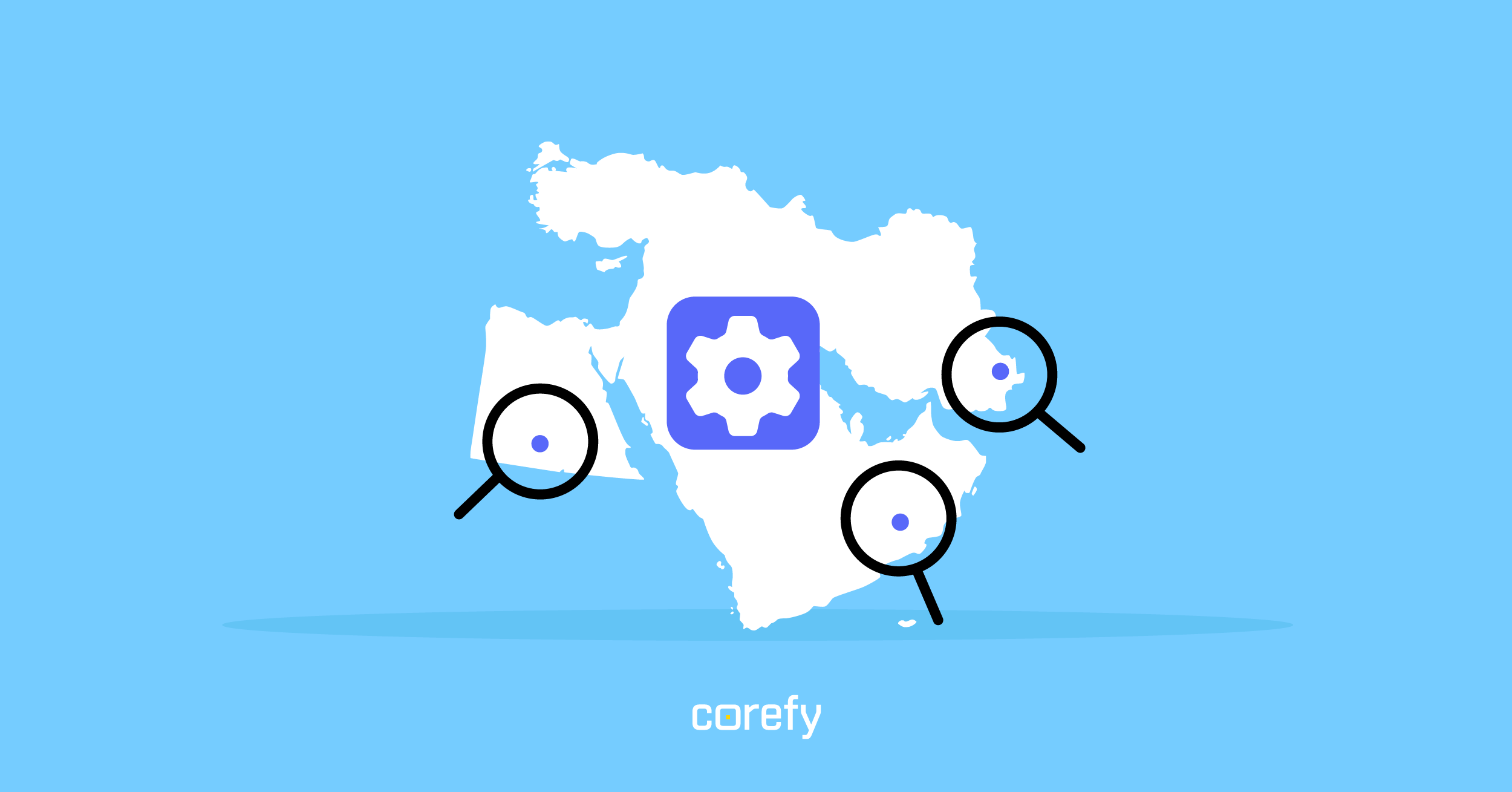
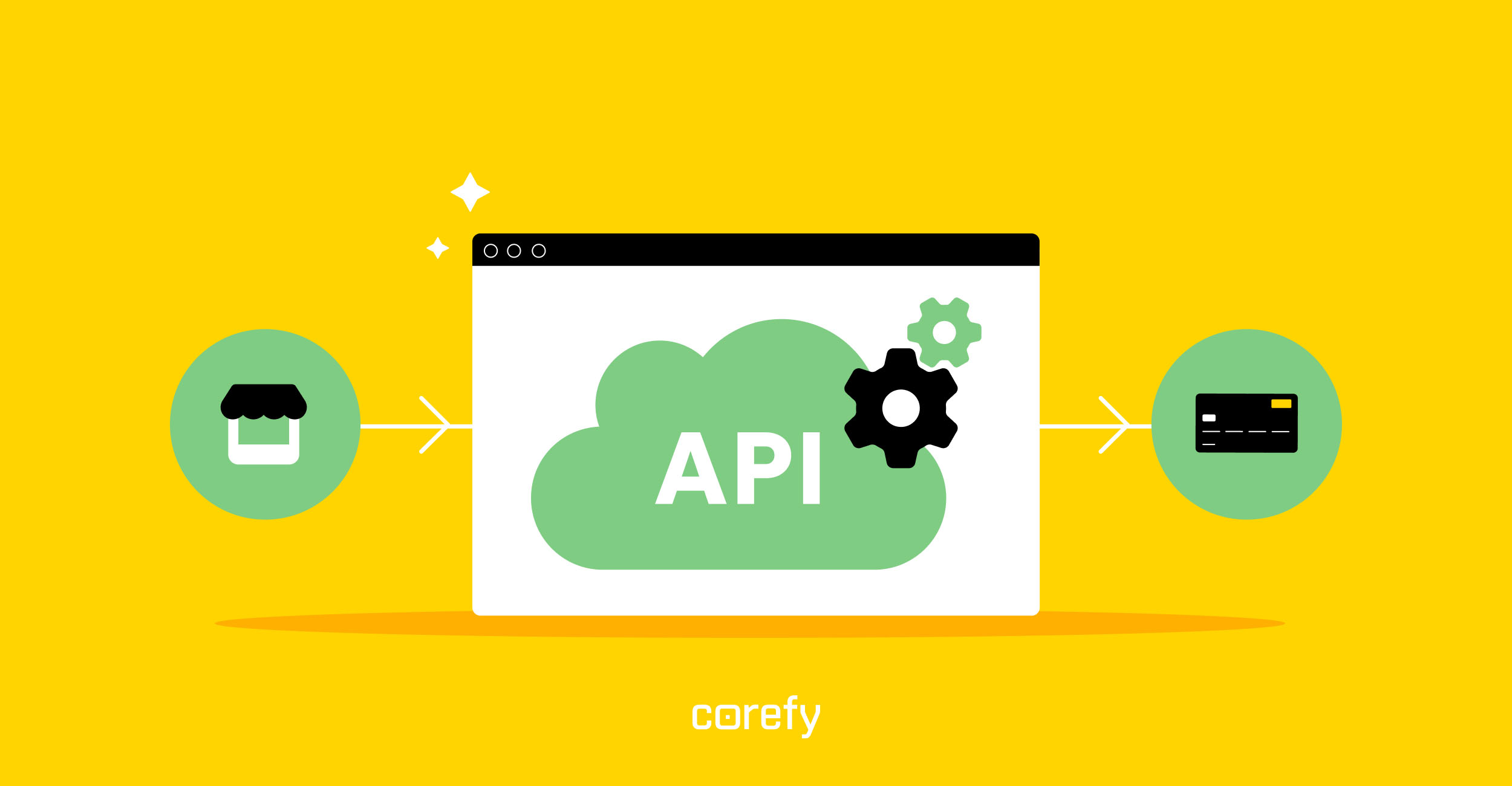
.jpg)

.jpg)
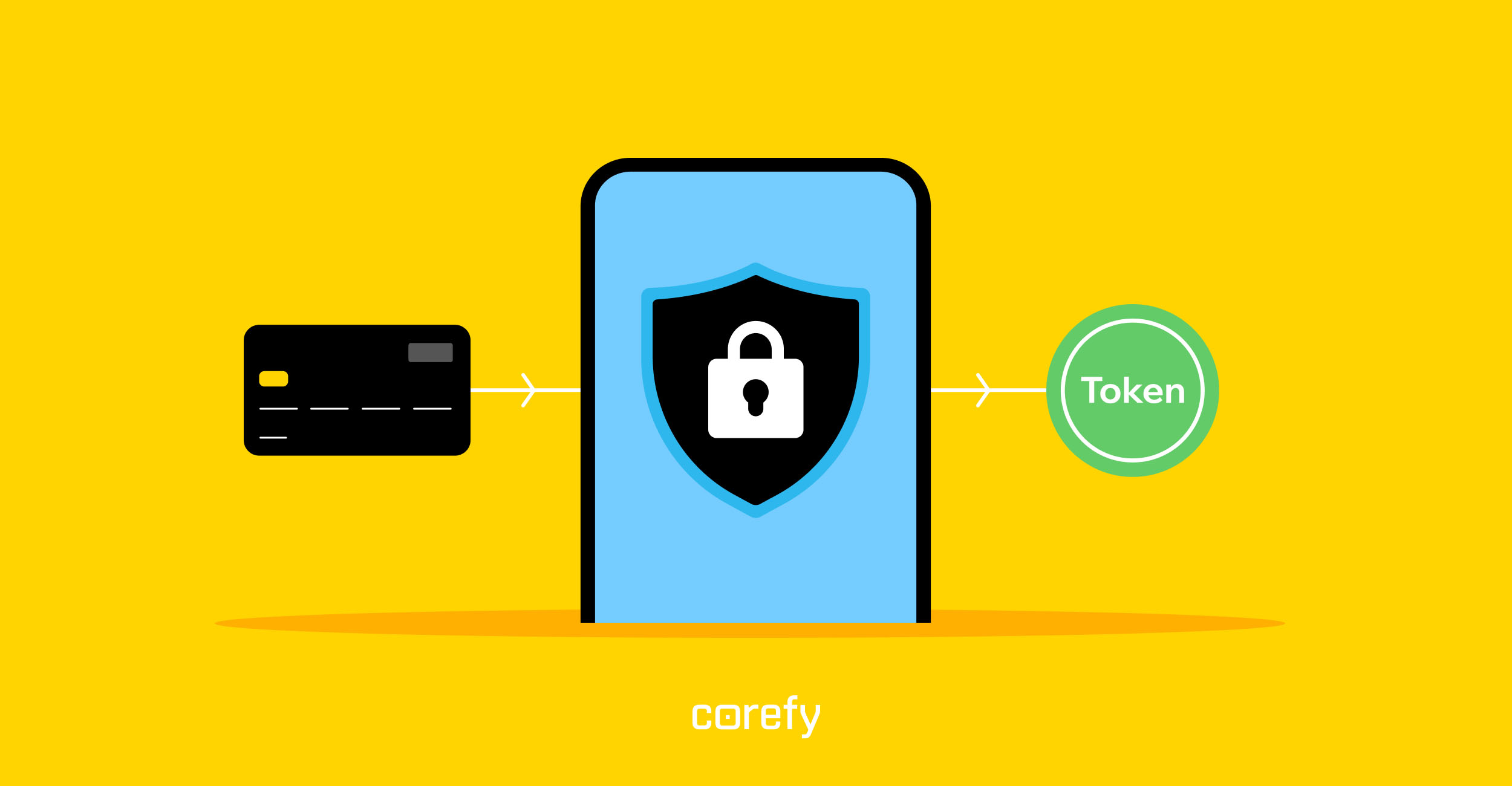
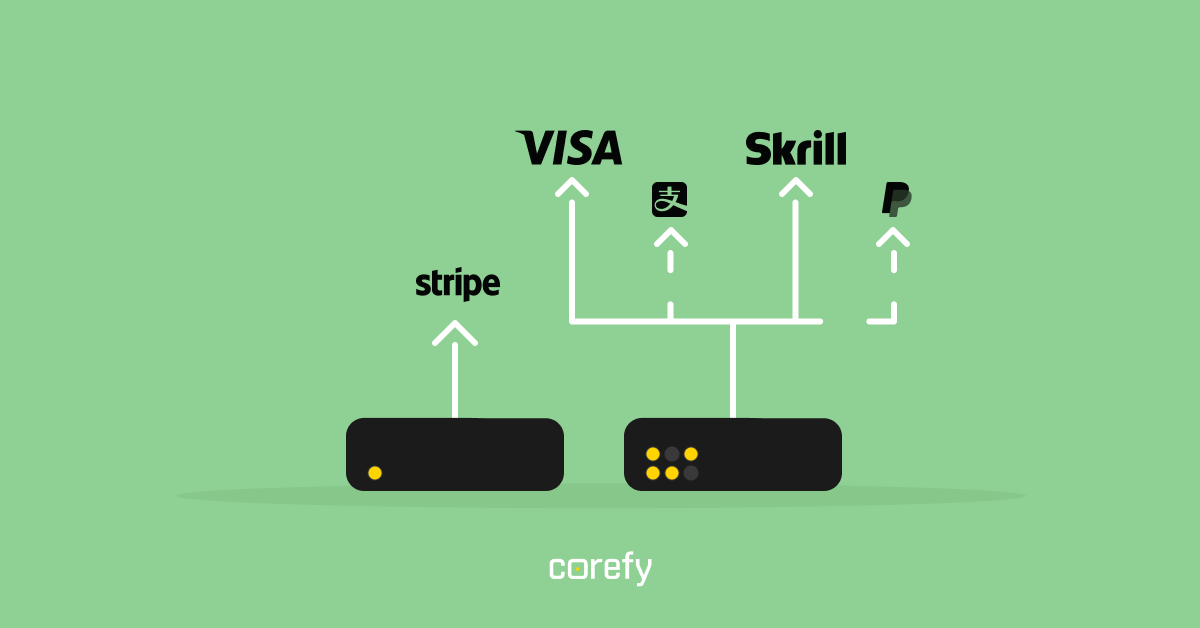
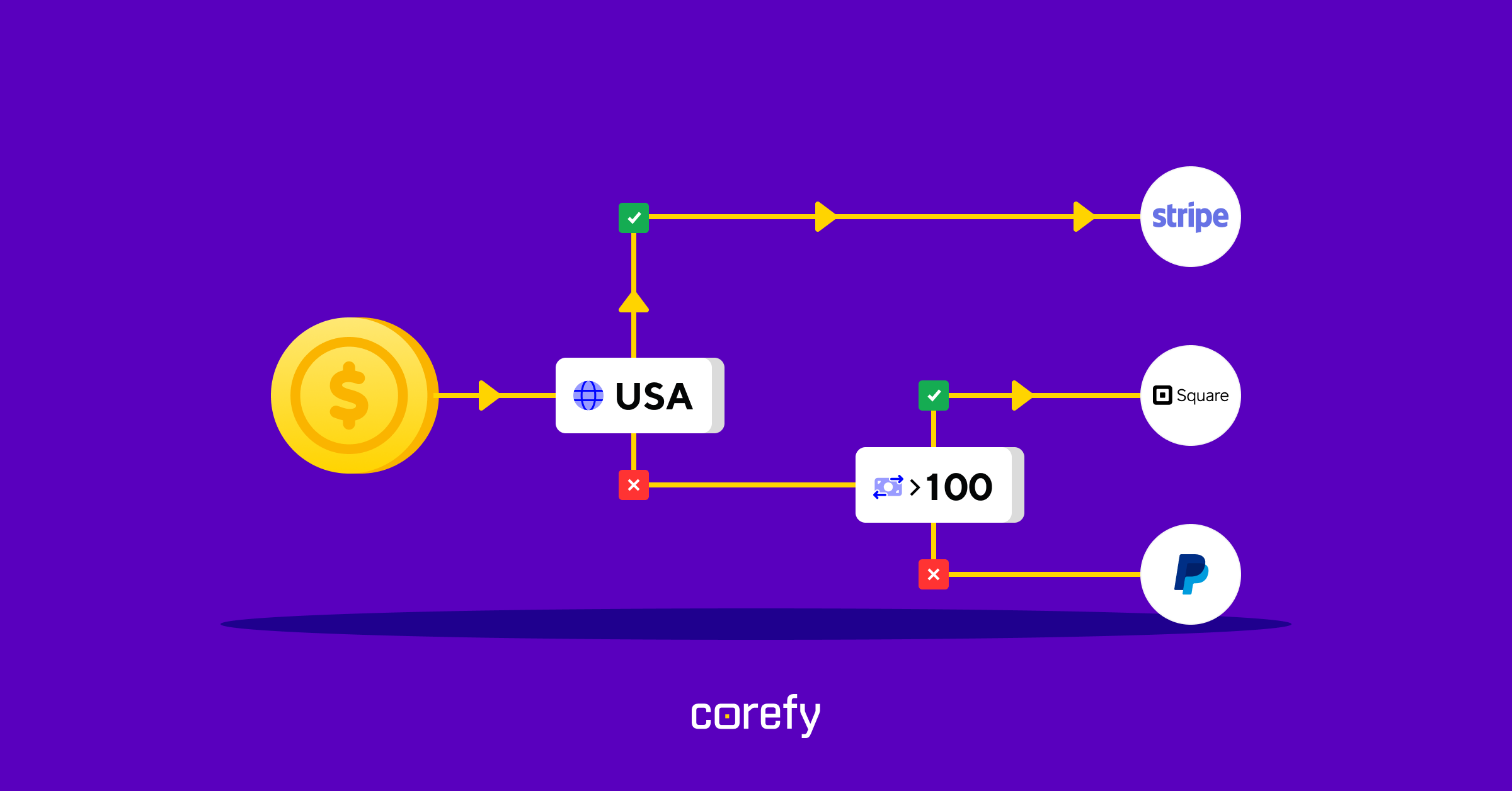
.jpg)
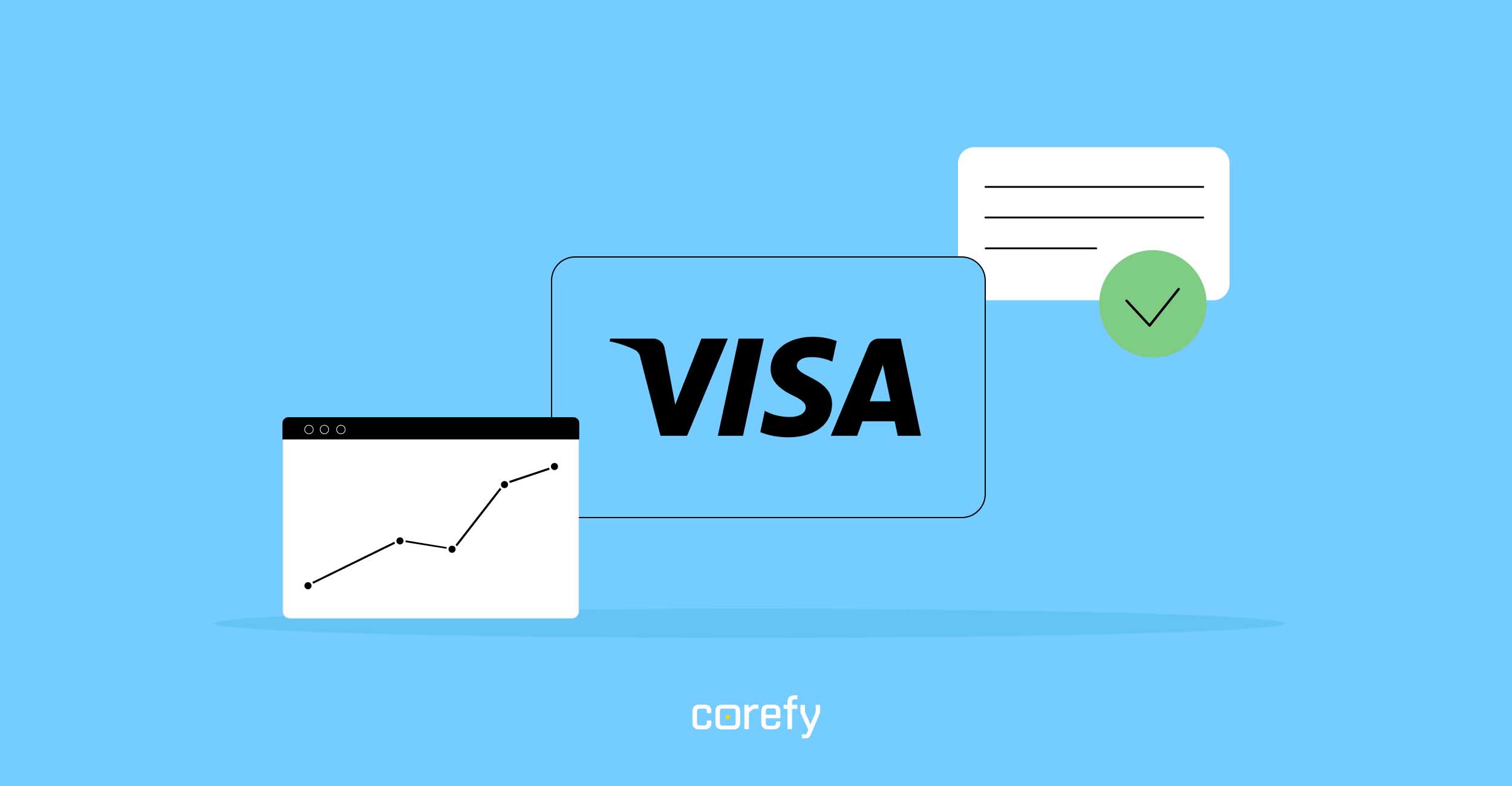
.jpg)